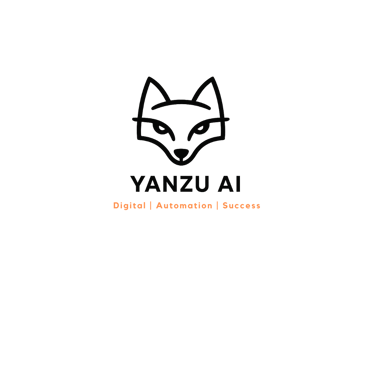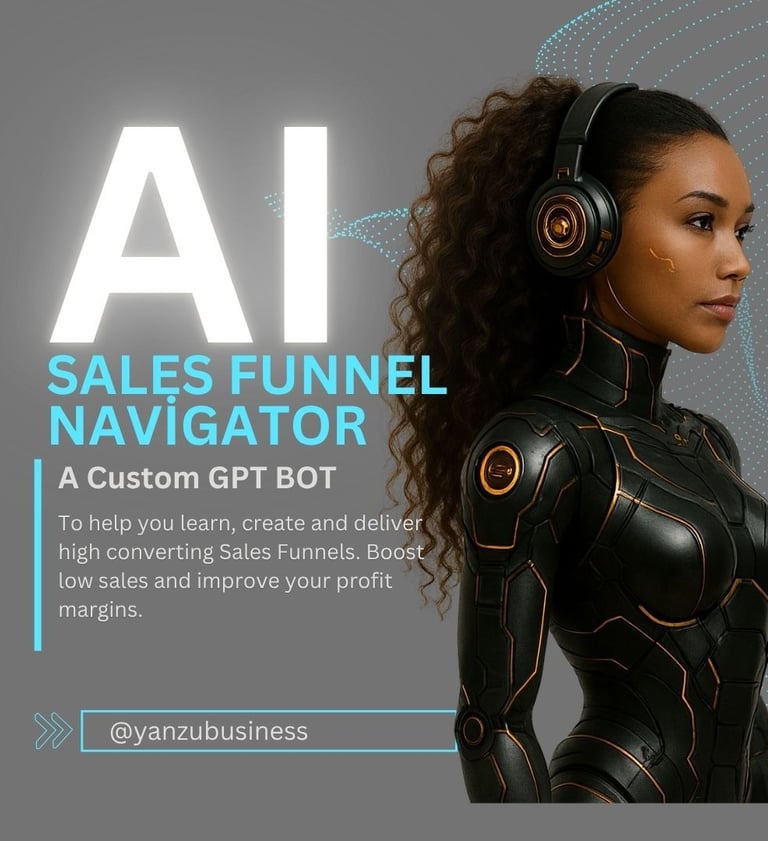High-Converting Landing Pages with AI: Headline, Hero, and CTA Prompts
8/30/20255 min read


Introduction to Landing Pages and AI Optimization
Landing pages serve as a critical component in the digital marketing landscape, functioning as the focal point where potential customers are directed after engaging with an advertisement or link. The primary goal of a landing page is to drive conversions, whether that be through lead generation, product sales, or sign-ups. Therefore, crafting an effective landing page requires a strategic emphasis on clarity and focus. The importance of a well-structured landing page cannot be overstated, as it significantly influences the likelihood of converting visitors into customers.
To achieve high conversion rates, landing pages must possess several key elements. Firstly, clarity is paramount; every message delivered on the page should be easy to understand, eliminating any potential confusion that may deter users from completing the desired action. The use of compelling headlines and engaging visuals is also essential, as these elements capture attention and guide the visitor's focus towards the call-to-action (CTA). The layout of the land page should enhance user experience, with an intuitive flow that directs visitors smoothly through the content.
In recent years, the emergence of artificial intelligence (AI) tools has transformed the landscape for creating landing pages. Leveraging AI for optimization can significantly streamline the design process, allowing marketers to focus on crafting components that resonate with their target audience. These intelligent technologies can analyze user behavior, identifying patterns and preferences that inform the development of effective headlines, hero images, and CTAs. By integrating AI-driven insights, marketers can enhance engagement levels and ultimately boost conversions, making it a valuable resource in today’s competitive marketing arena.
Crafting Attention-Grabbing Headlines
Headlines serve as the first point of interaction between the audience and your content, making it imperative for them to be attention-grabbing and engaging. The effectiveness of a landing page frequently relies on the strength of its headline, as it sets the tone and draws visitors in. To create compelling headlines, leveraging AI-powered prompts can be an invaluable strategy. For instance, utilizing tools that analyze trending topics can help you formulate headlines that resonate with current audience interests.
One effective method to craft persuasive headlines is the AIDA framework, which stands for Attention, Interest, Desire, and Action. By first capturing attention with a bold statement or intriguing question, you then build interest with key benefits or solutions that your content provides. Follow this up by evoking desire through emotional language and concrete examples, and finally, include a call-to-action that encourages further engagement, such as clicking through for more information.
Additionally, tailoring your headlines to different audience segments is crucial. This means understanding the demographics, preferences, and pain points of your target market. For example, consider using language that resonates with younger audiences, such as humor or pop culture references, while adopting a more formal tone for professional or older demographics. Using numbers and lists in headlines (e.g., “5 Tips for Effective Marketing”) can also enhance clarity and attract clicks, as these formats are often perceived as highly informative.
Experimenting with various headlines and analyzing their performance through A/B testing can further refine your approach, allowing you to understand what works best for your audience. By continually testing and adjusting your headlines based on user engagement, you can significantly enhance the effectiveness of your landing pages.
Designing a Compelling Hero Section
The hero section of a landing page serves as a critical element in capturing the attention of visitors and defining their experience. It is typically the first area users engage with upon their arrival, making it essential to construct a visually appealing and content-rich section that resonates with them. A compelling hero section consists of three main components: impactful visuals, engaging copy, and credible trust signals—all aimed at providing a clear message about the value proposition of the product or service being offered.
Visual elements play a vital role in drawing users into the landing page. High-quality images or videos that align with the brand's identity can evoke emotions and create a memorable first impression. It is advisable to choose visuals that depict the product or service in action, ensuring a strong connection to the intended message. Moreover, utilizing contrasting colors can enhance visual impact, making the hero section more striking and inviting.
Engaging copy is another essential factor in crafting an effective hero section. The primary headline should be clear and succinct, conveying the main benefit of the offering. Subheadlines can provide additional context or highlight unique selling propositions, stimulating further interest. To generate compelling hero text, consider using AI prompts that focus on the audience's pain points and aspirations, allowing for the creation of tailored messages that speak directly to potential customers.
Incorporating credible trust signals, such as testimonials, awards, or company imagery, adds a layer of authenticity that can further engage visitors. Displaying social proof or endorsements from recognizable entities can bolster credibility and encourage users to delve deeper into the site. By seamlessly integrating these elements—visuals, copy, and trust signals—businesses can design an exceptional hero section that fosters increased visitor retention and conversion rates.
Creating Irresistible Calls-to-Action (CTAs)
In the competitive landscape of online marketing, creating effective Calls-to-Action (CTAs) is crucial for guiding users toward desired actions, such as sign-ups, purchases, or downloads. A well-crafted CTA not only captures the user's attention but also compels them to take immediate action. Utilizing AI prompts can significantly enhance the effectiveness of CTAs by leveraging data-driven insights and tailored messaging to resonate with specific target audiences.
When developing CTAs, language plays a central role. Effective CTAs typically employ action-oriented verbs that instill a sense of urgency, encouraging users to act without hesitation. Phrases such as "Get Started Now," "Download Your Free Guide," or "Claim Your Discount" create an inviting environment while promoting immediate engagement. Additionally, personalization can further optimize these prompts, integrating the user’s name or preferences to make the CTA feel relevant and tailored to their needs.
Design also significantly impacts a CTA’s success. A visually appealing button or prompt that contrasts effectively with the surrounding elements can draw attention and make the desired action clear. Colors, shapes, and sizes should be carefully considered to ensure that they are not only eye-catching but also consistent with the overall branding of the landing page. Furthermore, testing various designs and language combinations can reveal the most effective strategies for achieving higher conversion rates.
Finally, placement is key. CTAs should strategically be positioned where users are likely to see them, such as above the fold or at the end of compelling content. Analyzing user behavior can help identify ideal locations, ultimately guiding visitors instinctively toward conversion. By focusing on language, design, and placement, marketers can create irresistible CTAs that drive actions and improve the overall user experience on landing pages.




A great custom chat bot to help you create landing pages and sales funnels.
You didn’t come this far to stop


